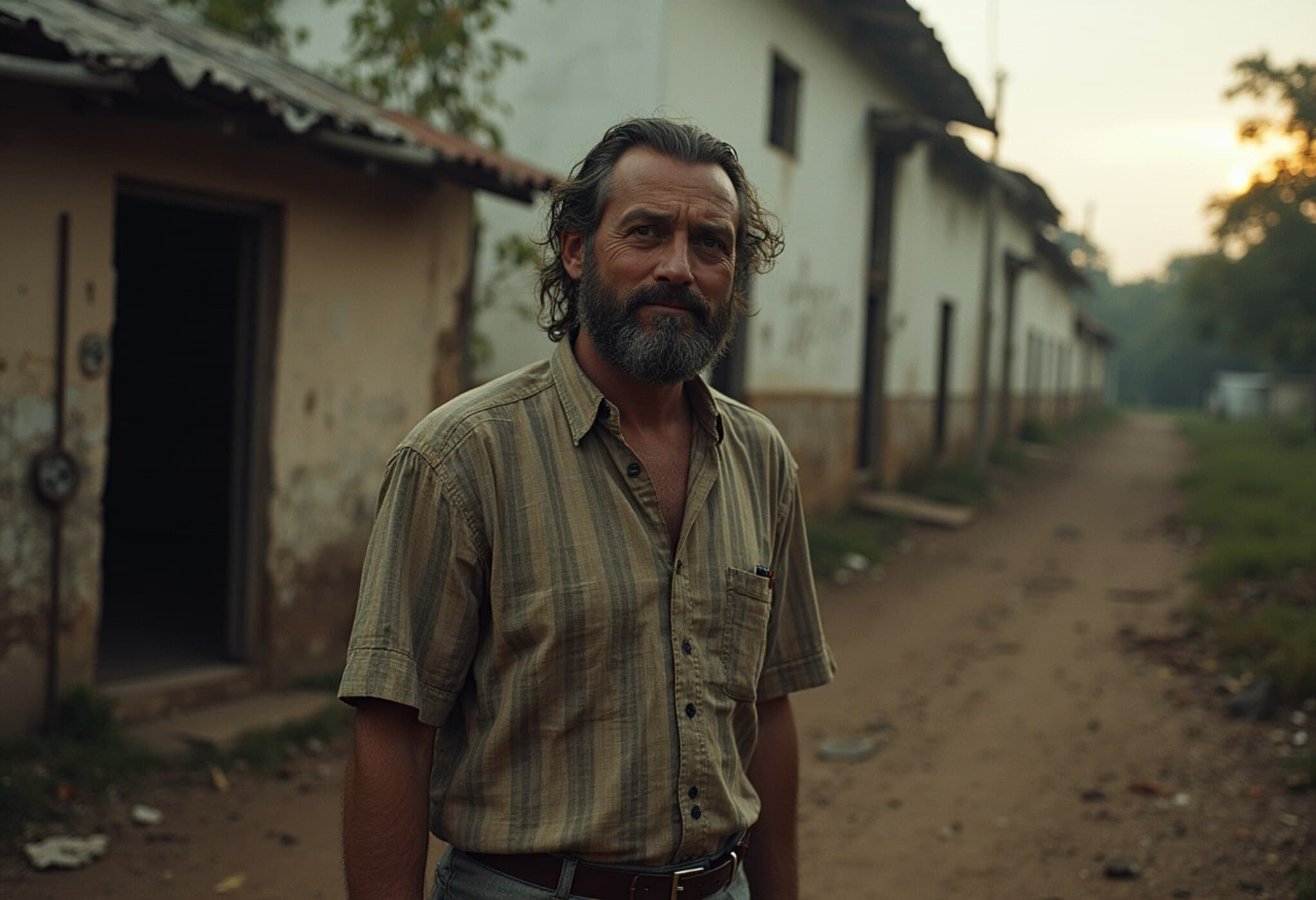The Haunting Allure of Jack the Ripper Tours
Each evening, London's East End transforms into a theatrical stage where guides lead curious tourists through the shadowy streets of Whitechapel, recounting tales of Jack the Ripper, a notorious 19th-century killer who vanished into history without accountability. These so-called Ripper walks have become a staple on many travelers' must-do lists, right alongside Buckingham Palace and the London Eye.
Commercialization Masks the Grim Truth
While these tours offer eerie excitement, they also raise uncomfortable questions. The brutal murders that inspired this folklore are increasingly packaged as entertainment, sidelining the profound suffering of the victims and their families. The grisly reality of these crimes has often been reduced to mere marketable mystique.
The local economy exploits this macabre legacy shamelessly. From a barbershop named Jack the Clipper to a chip shop dubbed Jack the Chipper, the killer’s infamy is treated like a brand. Even a potato vendor briefly adopted the moniker Jacket the Ripper, cashing in on the notoriety.
When History Turns into a Spectacle
Some tours have pushed boundaries further, projecting images of mutilated victims onto walls as bystanders laugh and exchange chilling anecdotes. This has left residents of Whitechapel burdened with a grim celebrity they never sought.
The backlash mounted most visibly with the 2015 opening of the Jack the Ripper Museum, which initially claimed to honor the history of women in East London. Instead, it stocked Ripper-themed merchandise such as teddy bears and T-shirts bearing the killer's silhouette, sparking outrage.
The museum’s founder defended the approach as a forensic look into the murders within their historical context but failed to quell the protests that decried the commercialization and perceived glorification of tragedy.
Reclaiming the Stories of the Victims
In response, initiatives like the East End Women’s Museum and tours like Jack the Ripper: What About the Women? have emerged to redirect focus to the women themselves, restoring their humanity beyond the shadow of the killer.
Yet, these efforts confront a paradox: dropping the Ripper's name often leads to dwindling interest. Many travelers gravitate towards the sensational, ensuring that even victim-centered tours partly sustain the gruesome narrative ecosystem.
Challenging the Culture of Dark Tourism
Some defenders argue these tours educate the public, but former guides report instances of sensationalism that border on disrespect—mocking victims, trivializing violence, and perpetuating misconceptions such as falsely labeling all victims as sex workers.
One guide recounted a pivotal moment when a sex worker accused her of profiting from suffering mid-tour, prompting her to quit. She reflected, "Some guides try to talk about the women, but often they end up the butt of the joke."
A Global Phenomenon with Complex Ethics
Jack the Ripper’s legend is not unique. Around the world, sites linked to serial killers—like Jonestown in Guyana or the infamous locations tied to Jeffrey Dahmer in Milwaukee—draw tourists fascinated by death and darkness. This reflects a broader societal trend: an obsession with killers while marginalizing the victims' stories and experiences.
In the case of London’s East End, voices focusing on the area's rich immigrant and working-class heritage continue to push back against the dominant Ripper narrative.
Balancing Interest with Respect
Ultimately, the challenge lies in presenting history responsibly—offering context and honoring those who suffered without commodifying trauma. While the fascination with Jack the Ripper shows no sign of fading, how the story is told demands thoughtful scrutiny.












